by
Alesha And Jarryd
General Travel Photography Tips For Beginners
To start with let me talk about the general travel photography tips
that I feel are not only the most important, but also the most difficult
to master.
Developing an eye for photography can, and will, take years. It’s a
never-ending learning process, but I promise you with practice you will
get better.
And once you start to get the skills for framing and composing a shot, the rest is easy.
Know Your Camera
I have been through many styles and brands of cameras over the years.
First there was the film camera I had when I was 14, which sparked my
love of photography.
I had no idea what I was doing and I wasted a lot of money getting
crappy images developed because I just didn’t know how to use it.
Then I bought a few point and shoot cameras as I travelled the world, before finally upgrading to an entry-level dSLR.
This really sparked my love of photography, and now I’m using a professional,
full frame mirrorless camera from Sony.
These days most people use digital cameras, which is so much better
to develop your skills on. Still it takes some time to perfect in the
field, and my first travel photography tip is to know your camera.

Knowing
your camera allows you to capture those moments that happen quickly,
like when this armadillo wandered into our campsite in Torres del Paine.
Whether you have a point-and-shoot, a mirrorless or a dSLR, take the
time to learn about your camera. Figure out what all the buttons do and
why they can be important.
Study the menu so that if you need to change a setting in the field
you’re not spending minutes scrolling through it when timing is
critical.
Also don’t forget to learn your camera’s limitations. Does it perform
well in low-light or does the image fall apart? Is it sharp wide open,
or do you need to stop down to get the best clarity? Does it have
inbuilt image stabilisation?
Ultimately when you pick up your camera you want to feel comfortable
and know exactly how it works. Then getting better pictures will come
faster and easier.
Focus On The Golden And Blue Hours
Waking up early and staying out late is one of the best travel
photography tips I can give. That’s because early in the morning and
around when the sun sets is when you’ll get the best light.
The Golden Hour is that time when the sun is low in the sky and it throws a magical, warm glow across the scene.
Think the first hour after the sun peaks in the morning, and the last
hour or two before the sun drops over the horizon in the afternoon.

Shooting in the golden hour gives the scene a beautiful, warm light.
The Blue Hour is when the sun is now below the horizon and the sky
gives off this beautiful blue hue. When you’re taking pictures of city
and landscapes this is gorgeous!
To take better travel photos you need to get up early for that
sunrise shot and be out snapping images instead of sitting in a bar in
the evenings. If you’re not a morning person, get used to setting an
alarm. Make sure you get set up in your location
before sunrise is in full swing.
Taking photos in the middle of the day can still result in excellent
shots, but in general you’ll find the sky too blown out unless there are
some interesting clouds, and on a sunny day you’ll find the lighting
can be a bit harsh.
Instead use the middle of the day to get street shots, or scout out locations for your sunrise and sunset photos.
Bonus Tip – Even if it looks like the sunrise or
sunset might not be so beautiful, wait around. You never know when the
clouds might break or the sky randomly lights up in brilliant colours.

We
woke up early for sunrise and Mt Fitz Roy was covered in clouds. Still
we stayed for a while, and the clouds eventually broke just as the sun
was casting a gorgeous red glow on the mountains.
Learn About Composition
You’ve probably heard about how important it is to compose a shot
properly, and I bet if you’ve ever read a photography manual you would
have come across the ‘
rule of thirds‘.
Good composition can be the difference between an average shot and an award-winning image.
According to some guidelines, it’s best not to put your subject in
the middle of the shot, unless you are taking a close-up portrait.
Instead try and play around with the rule of thirds and go from there.
This concept is where you divide your image into 9 even squares (many
cameras actually have this feature built into their display options).
Then what you do is you place the subjects and points of interest
along the lines and squares. For example don’t place the horizon in the
dead centre of the image (unless it’s a reflection shot).
Here’s an example of how this looks:

This
very simple shot of the Khongor sand dunes in Mongolia uses the rule of
thirds method to give it an interesting composition.
The idea of the rule of thirds is that this is a mathematical idea of
what our eyes naturally find pleasing. So it’s good practice to
incorporate this method into your shots.
Another thing to look for is leading lines that naturally draw your eye around the photo, as well as angles and shapes.
Have a river flowing from the side of the shot up to a waterfall on
the top left for example, or the foreground bending around, leading the
eye towards a church at the top of the photo.
This is a skill that you’ll learn with more practice.
An important thing to remember is that
rules are meant to be broken, and there is absolutely no reason that placing your subject in the middle of your frame won’t work.
Get used to analysing your shots with the rule of thirds, but please
don’t use it as gospel if you think a different composition would work.

Besides
being a nice, colourful photo of street art in Valparaiso, Chile, the
angles in this shot leads your eye deeper into it the image.
Framing, Framing And More Framing
It happens time and time again. You get so caught up with taking
photos that you forget to make sure everything is perfectly in the
frame.
Don’t worry, I understand. I used to do it too. But the problem is it can often destroy a great photo.
When you look through the viewfinder or LCD screen, don’t just focus
on the subject. Make sure you run your eyes around the entire frame to
make sure you’re not accidentally cutting off something important.
Double check that you’re not cutting off the top of a mountain, or that your friend’s whole body is in the shot.
This isn’t gospel, because sometimes having something cut off from
the the frame can be good for composition, but you’ll have to be the
judge of that.
Also check to see if you can use something natural in the scene to
create a frame inside your picture. Think of looking out a window at a
building, or a bent-over tree surrounding a pretty lake.
These can also help make for great travel photos.

Here
I used the shrubs in the foreground and the tree on the right side of
the image to frame the Harbour Bridge and Opera House in a natural way.
The green also contrasts nicely with the blue and white.
Move Your Feet
This follows on from framing and composition. When I take a shot I
try to frame it like I would want to see it on a wall. Sometimes
standing exactly where you are is not always the best structure for your
shot.
This is one of the most important travel photography tips I can give –
Move your feet.
The iconic Taj Mahal photo doesn’t look as good if you’re a few steps to the left of having it perfectly centred.
Or maybe the river looks really pretty where you are, but if you move
a bit more to the side you can also get some cool rocks in the shot.
Move around until you are happy with the shot. Take a few steps
forward, backwards and to the sides to get an idea of every possible
angle.
Still take the photos, and that way when you are home and can see your photos on the computer and see which ones you like best.

When
I was photographing the World Nomad Games in Kyrgyzstan I was trying to
get a lot of amazing people photos. I saw this group of people in
traditional dress outside a yurt, and after saying hello I walked around
until I found an angle I liked. See how the out-of-focus man in the
front appears to be staring at the old man in the centre?
Ask People For Permission
Travel photography isn’t all about capturing the most beautiful sunsets and gorgeous architecture around the world.
Travel photography should also be about the people you meet. But if
you’re a bit shy like me, how do you get those amazing portrait photos
without feeling rude?
Simple – just ask for permission.
Asking people for permission to take their photo is polite and respectful.
If you have had a great encounter with someone, or you just see a
great opportunity to capture a wonderful portrait, give them a big smile
and ask if it’s ok to take their photo.
We ask all the time. Sometimes we get a yes, and sometimes we get a no. If they say no we always respect their decision.
What if someone came up to you and shoved a camera in your face without your permission? You wouldn’t be very happy…

A
great trick is to ask someone for permission to take their photo, and
if they agree take one and then wait for them to go back to what they
were doing. This lady in
Uzbekistan
was extracting silk from worms, and after taking a portrait shot I
stood around chatting, taking a few pictures while she got back to work.
But what if you want to get a candid shot, with the subject looking
natural? Well this can be a bit more difficult but there are ways to
achieve this without annoying the person.
Don’t make it obvious that you are taking their photo. Try to act
natural and as though your taking photos of many different things in the
scene. You can also keep your camera down by your side and point the
lens in their direction.
If you have a zoom lens, use it. This was you can be on the other side of the street or market and still photograph the person.
Make Them Feel Comfortable
Another one of my favourite travel photography tips for portraits is
to bring in another element to the shot. Most people will feel
uncomfortable posing for a photo, but if you can make it about something
else they will feel much more at ease.
As an example, maybe ask if they can pose with something in their store like a rug, or ask them to show you their wedding ring.
This way they’ll realise there is more to your photo than just them.
This will also add a lot more interesting elements to the shot!

Even
though I didn’t buy anything from this man in the Gobi Desert, I joked
around with him enough that he felt quite comfortable to pose for a
photo for me. By having his motorbike in the frame as well it tells the
story of how he travelled to find us.
Use A Tripod
A tripod is one of the best camera accessories you can have, and
really essential for travel photography. This will allow you to get
excellent shots in low light, as well as get creative with your images
(like taking long exposures).
These days you don’t always need a massive tripod to travel around
with, especially if you want to travel light and are a hobbyist
photographer. Look at some of the
Joby Gorillapods.
Another good thing about using a tripod is that it will force you to
slow down with your photography and put more thought into each shot.
Rather than just pointing and shooting, you will think carefully
about where you want to set up your tripod and how you want to compose
your shot.
Honestly if you want to become a better travel photographer, you’ll need to invest in at least a small tripod.

Using a tripod allowed Jarryd to take this long-exposure photo of a waterfall in El Chalten, Argentina.
Be Unique
There’s nothing wrong with getting those iconic shots of the Eiffel
Tower or Machu Picchu. They’re beautiful and are often amazing angles of
famous places that everyone wants to visit.
But don’t forget to be unique as well! Find a different perspective
that hasn’t been photographed a million times. In fact make it your goal
to get a few unique shots that you can be proud of.
Rules were meant to be broken as well, so if you’re looking at a
scene to photograph and have a crazy idea for some composition, then
just go for it!
Forget about the rule of thirds, place your subject directly in the centre and see how it turns out.
And despite the negative attitudes some people have towards them, it’s even possible to take awesome
travel selfies which will add an artistic flair to your shots.

This
photo follows absolutely no rules, but I really like it because it
stands out as something different to every other photo I tend to take.
Find Your Voice As A Photographer
Just like a writer or musician finds a particular style they like, as a photographer you need to discover your ‘voice’.
Travel photography is such a broad term that can cover just about
anything. Really just taking any photos of your travels will fit the
description, whether it is landscapes, architecture, portraits, food or
whatever.
What you need to do to really get passionate about travel photography is to find what you love the most and focus on it.
If you really like black and white photography, then start shooting
in black and white! Love taking images of crazy street markets? Then get
out there and find them!
You will grow much more as a photographer with a passion and
direction than someone who just takes nice photos of the most
photographed places on the planet.
Experiment, learn, discover and nurture!

Just keep taking photos until you find your style!
Technical Travel Photography Tips
While the technical side of using a camera is usually the most
overwhelming thing for a new photographer to think about, it’s actually
one of the easiest things to master. All it takes is a bit of study and
practice.
If you’ve never looked into getting out of ‘Auto’ on your camera,
then terms like ISO, aperture, white balance and shutter speed will seem
completely foreign.
I’ve actually written a much more detailed post about what all these
mean, which will be published very soon, but for now let me do a very
brief run down on these to help you.
Exposure Triangle of Photography
I can almost hear you thinking,
“What is she talking about? Exposure Triangle? You mean like naked shapes?”
The Exposure Triangle is a metaphor to explain the 3 elements that
allows light onto a photo. A camera captures light, and the right amount
is needed so that your image isn’t too bright or too dark.
The 3 parts of the Exposure Triangle are aperture, ISO and shutter
speed. Each one affects how light reaches the sensor in different ways,
and getting this combination perfect is essential to capturing a
beautiful image.

The Exposure Triangle.
I’ll explain these three things briefly now.
Aperture
Aperture is how wide, or small, the blades in your lens are and how
much light goes through the lens. The aperture size is measured in F
Stops, and displayed as numbers. f5.6, f8, f11, f16, etc
A wide aperture (small number – f2) lets in more light than a low
aperture (big number – f22). A wide aperture also has a shallowed depth
of field than a low aperture. I know it can be a little confusing, but
you’ll pick it up the more you play around with it.
If you want the background blurry in your photo, you’ll want a wide
aperture. If you want everything in focus, you’ll want a low aperture.

I
used a wider aperture for this photo so that the focus would be on the
young girl, and the background would be slightly blurry without losing
enough detail to be able to tell that it’s a rural environment.
ISO
ISO is how sensitive your camera sensor is to light. A small number,
such as 100, means it’s not very sensitive and therefore needs more
light to leave an impression.
A high number, like 6400, means it’s very sensitive and needs only a little bit of light to show up on the sensor.
The higher the ISO, the more noise shows up in a photo. Noise lowers
the quality of your image, so in a perfect world you’ll want to keep
this as low as possible (unless you’re doing astro and night
photography).
It’s also necessary to raise your ISO if you’re shooting moving subjects (or handheld) indoors.

There
are times where having a higher ISO is actually better for the photo.
When Jarryd took this photo of the Milky Way in Antarctica he had the
ISO at 2000 so the sensor would capture more stars.
Shutter Speed
Shutter speed is pretty straight forward – how long it takes for your
shutter to open and close. This allows you to freeze a frame, or
capture motion blur.
Want to photograph a bird in flight? You’ll want to have a fast
shutter speed (1/4000th of a second for example). Want to make a
waterfall look silky smooth? Go for a slow shutter speed (3 seconds for
example).
Keep in mind that if you are holding your camera rather than using a
tripod, you’ll need to have a fast enough shutter speed to eliminate
your own hand movement.
As a
general rule
1/60 of a second is the slowest you should go so your picture doesn’t pick up hand movement. Any slower than that and you’ll probably need a tripod.

When
Jarryd took this photo he needed to have very specific settings to get
it right. He chose an aperture around f7.1 to make sure he could get the
image quite sharp, but because the whales were moving he needed a high
shutter speed. He kept the ISO down to 100, which kept it clean, and he
could go for a shutter speed of 1/800.
Combining All Three For Perfect Exposure
There is no ‘perfect setting’ for aperture, ISO and shutter speed. It
all depends on what you are trying to photograph and the style you’re
going for.
Luckily most decent digital cameras have two little tools that will
let you play around figure out how all three work together – manual mode
and histograms.
Manual mode gives you complete control over your camera’s ISO,
aperture and shutter speed. If you change one, nothing else will change,
unlike in ‘aperture priority’ mode or ‘shutter priority’ mode.
The histogram is a visual display of light. When the bars are all the
way to the left, the image is darker. When they are all the way to the
right, the image is lighter. When most of the bars are in the centre,
this is perfectly exposed.

This
is a histogram. The left side are your blacks, or shadows, and the
right hand side are your whites, or highlights. For ‘perfect exposure’
you ideally want your histogram to be in the middle, not all pushed to
one side.
The best way to figure out what combinations work best when you’re a
complete amateur is to put your camera on “manual” mode, activate the
histogram, and play around with the settings.
Pick an aperture (f8 for example) and point it at the scene. Now look
at the histogram. If the image is too dark, then you’ll need to let
more light in. Let’s make the shutter speed slower. See a change?
Now put the shutter speed back to where it was and instead change the ISO. Make the ISO higher. Is the image getting lighter?
Spend an hour or two playing around with different apertures, ISO and
shutter speeds so you get an idea of how each one affects the light
hitting the display.
Take note at how drastically things can change if a cloud goes in front of the sun, or you take the camera inside.
This just comes with practice of course, and knowing what settings you want for a particular scene will become second nature
Keep in mind that not every photo needs to be perfectly exposed.
Sometimes having a darker image looks much better than having one that
is nice and bright. You can use your judgement for this.

Not every shot has to have perfect exposure to be beautiful.
Bonus – General Ideas For Camera Settings
This is very, very basic and by no means should be read as gospel.
There are a million different things that can affect why you would want a
faster shutter speed, or wider aperture. But if you are confused about
what to pick for what here’s a quick idea.
- Landscapes – You’ll want your aperture around f8-f11. You’ll also want your ISO as low as possible. Slow down the shutter speed accordingly.
- Portraits – You’ll probably want your subject
sharp, but the background blurry to bring focus on the person. Have a
wider aperture (say f2.8 for example), and a faster shutter (around
1/160 at the absolute slowest) to freeze the subject. Adjust ISO
accordingly.
- Indoors – Because it is darker inside than outside,
you’ll need to let a lot more light into the sensor. Unless you’re
using a tripod, keep the shutter speed at around 1/60 as the slowest,
and the aperture around f5.6 to start with. Adjust ISO and aperture
accordingly.
Of course there’s a bunch of other styles of travel photography that
would use different settings, such as astrophotography, architecture,
street scenes, etc. In time you’ll learn what settings work best for
each scene.
Use Manual Mode
This is following on from the Exposure Triangle. The best way to get
to know your camera and how light works is to have complete control over
what settings you choose. The only way to do this is to shoot in manual
mode
(shown by the letter M on most cameras).
It will take months of practice, but I promise you that in time
you’ll be able to look at a scene and instantly know what aperture, ISO
and shutter speed to use to get the exact style of image you’re looking
for.
You can also use aperture priority mode
(the letter A on your camera) if you don’t want to make the big leap to manual just yet.
This way you can lock in the aperture you want
(f8 for landscapes, f2.8 for portraits, etc) and the camera will automatically adjust the ISO
(although you can control this part too) and shutter speed to get perfect exposure.
I highly recommend focusing on learning manual mode though until you have it perfected.

Capturing
this shot of a sunbeam breaking into the world’s largest cave would not
have been possible unless shooting in manual mode.
Shoot in RAW (if available)
When you take a photo on your digital camera, the computer chip
inside it takes what you captured on the sensor and converts it into a
format that can be easily read. For most cameras, these two formats are
RAW and JPEG.
JPEG is a compressed format that the camera creates to save on space.
In doing so it ‘locks in’ all the data that it picked up such as the
colour and white balance.
RAW files actually saves all the data of what you took and doesn’t
compress it. This means you can edit the photo and really play around
with certain elements of the shot without damaging it. It’s like being
given a negative in film photography, as opposed to a slide.
Most decent digital cameras will give you the option of shooting in
RAW, and I recommend you use it if you ever plan on editing your photos.
You will find the setting to change it in the menu of your camera.
Keep in mind that the file sizes will be a lot bigger (for example on
our camera a RAW is 25mb, while a JPEG is just 12), so you’ll need to
have extra storage.
If you have no plans on editing your photos then shoot in JPEG.

Shooting in RAW really allows you to push the dynamic range of your photo.
Learn About Post Processing
Some people think that editing your photo is ‘cheating’. But the
truth is photographers have been editing their photos ever since
photography was invented. Think of developing film in a darkroom, which
uses water, chemicals and light to change the exposure and contrast of
an image.
99% of photos you see in your favourite magazines have been edited.
Every professional photographer edits their photos. The reason is that
not all cameras are great at capturing exactly what the eye saw in terms
of colour and light.
If you really want to get the most out of your travel photography, you should start playing around with post processing.
Many people have heard of Adobe Photoshop, but it’s a pretty advanced
tool that most people wouldn’t ever need to use (until you get more
experience).
To start with look at the free apps that you can get on your phone,
such as Snapseed, or free programs on your computer, like iPhoto or
GIMP.
Once you get serious about travel photography and you want to start
editing all of your photos, we recommend purchasing Adobe Lightroom.
Learning how to edit your photos in Lightroom is quite easy, but can be
intimidating the first time you open it up. Check out some
tutorials on YouTube.
If you’re ready to make the jump to
using Lightroom and Photoshop, Adobe have a great ‘Creative Cloud’
package, which is what we use for only $10 a month.
You can buy it here.

One of my photos before editing in Lightroom.

The
same photo after making some adjustments in Lightroom. You can see I
didn’t edit the image so much that it isn’t a true representation of
what the scene looked like that morning.
Practice, Practice, Practice
Just like anything, becoming a great travel photographer takes time,
and a lot of practice. The only way you can get better is by getting
out there taking photos!
Courtesy of: Nomadasaurus







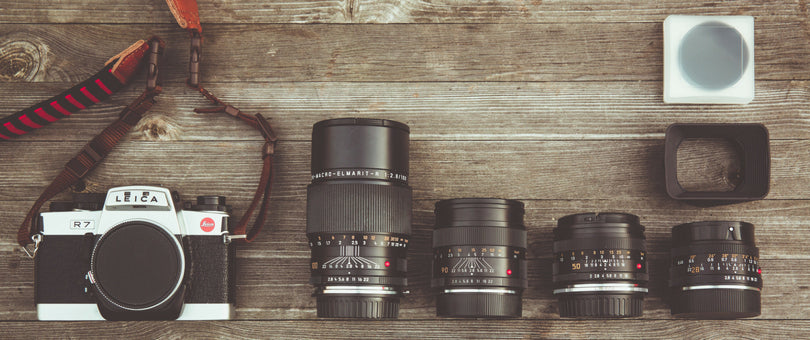

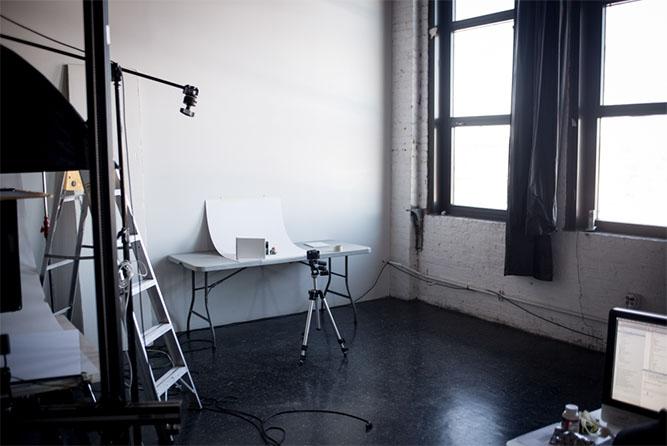 Gear is at the heart of photography and can be really exciting, but it can also be very confusing for newcomers.
Gear is at the heart of photography and can be really exciting, but it can also be very confusing for newcomers.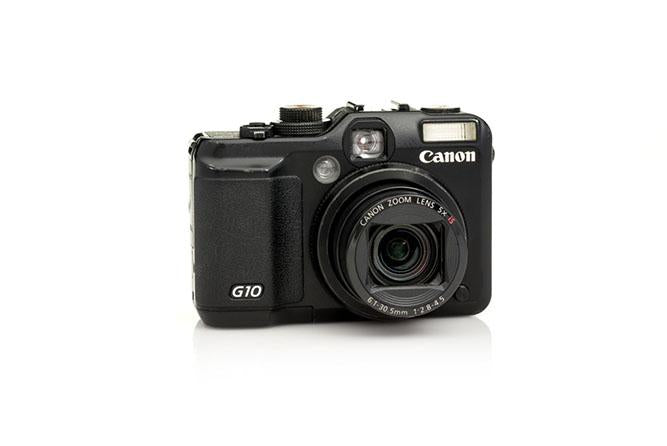

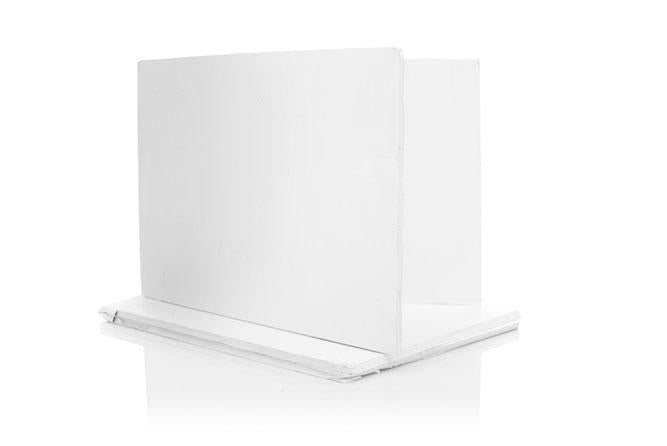
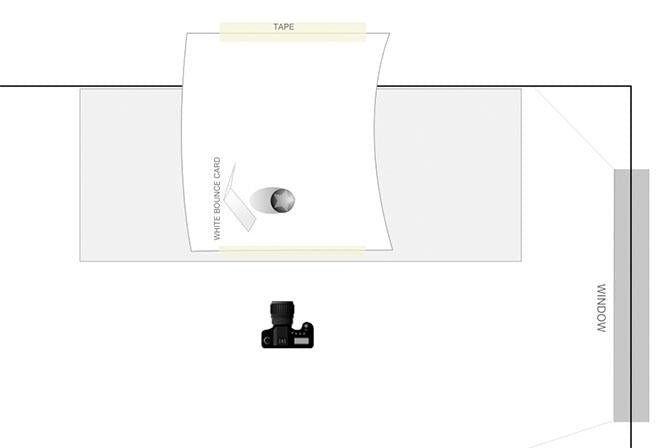


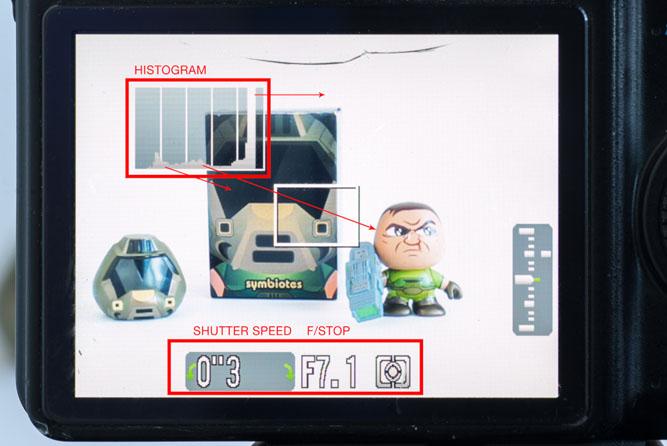
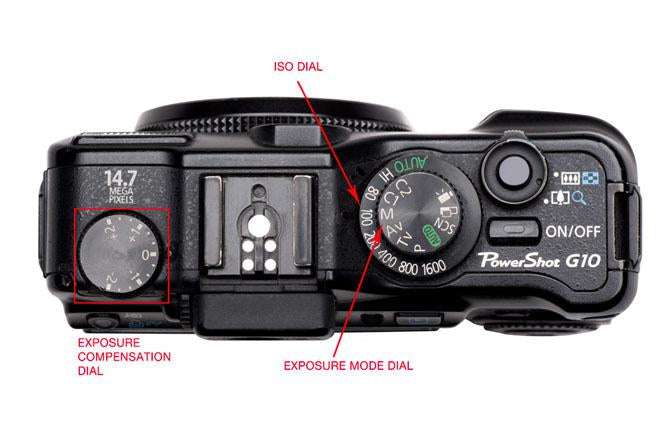
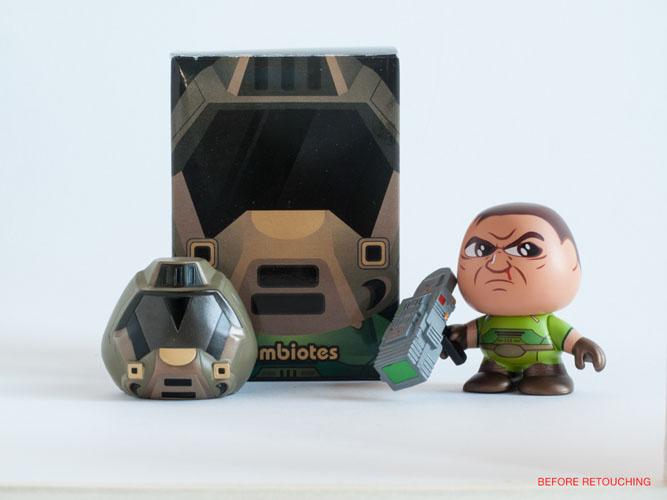

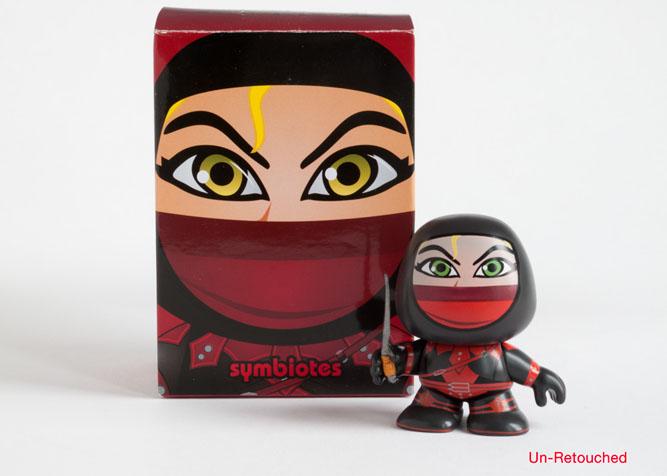
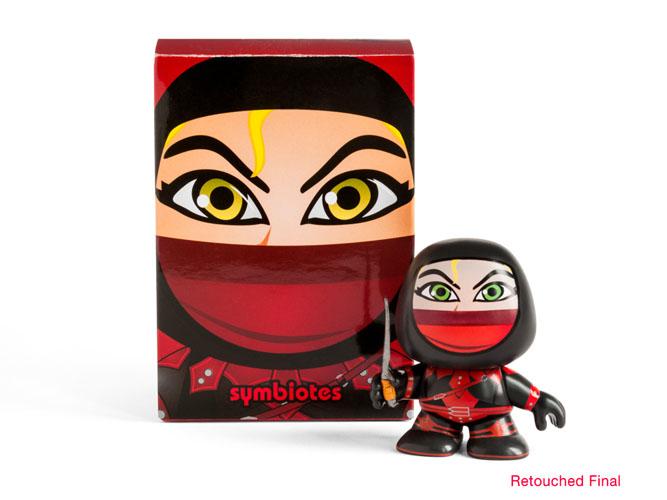
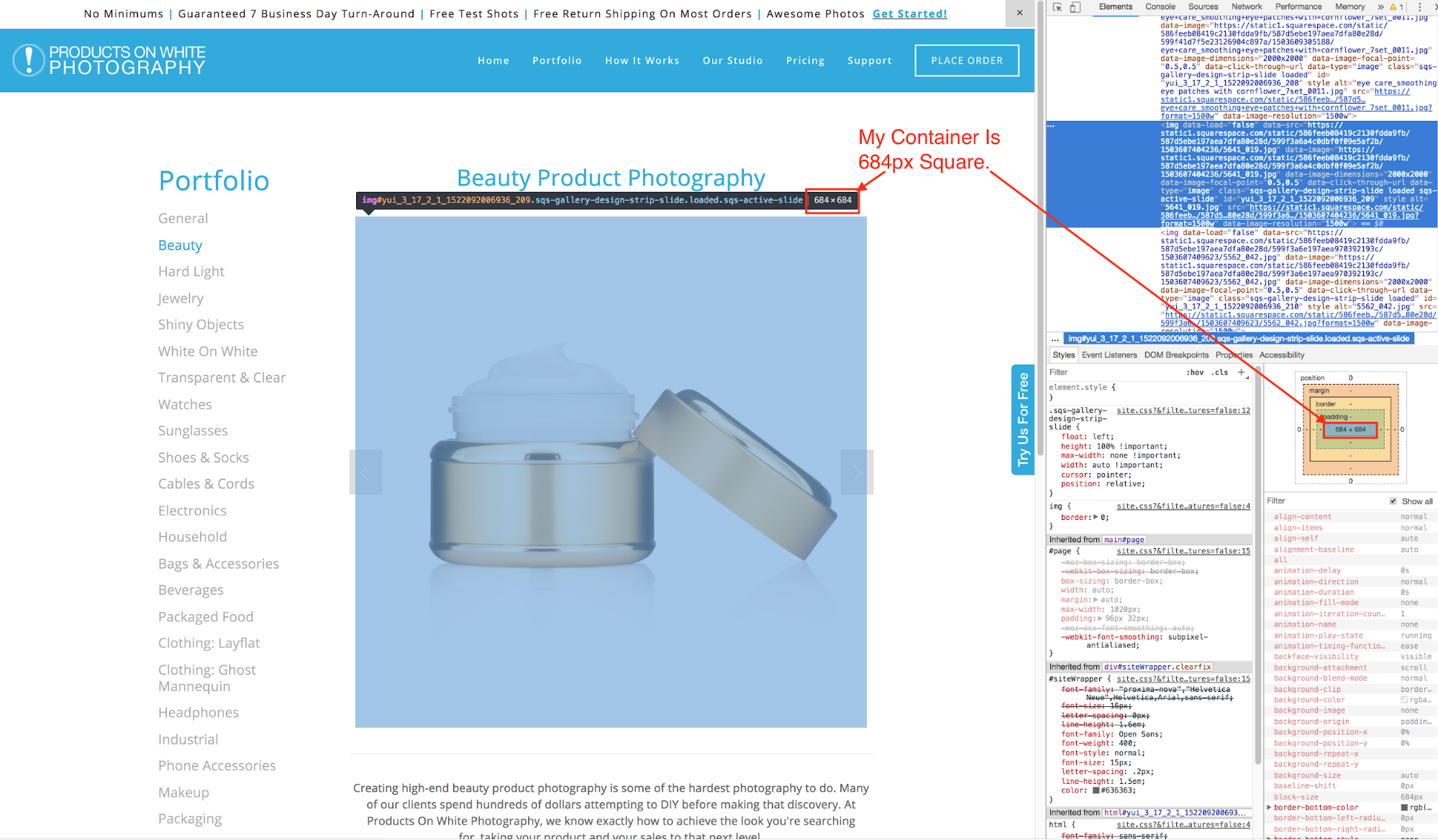
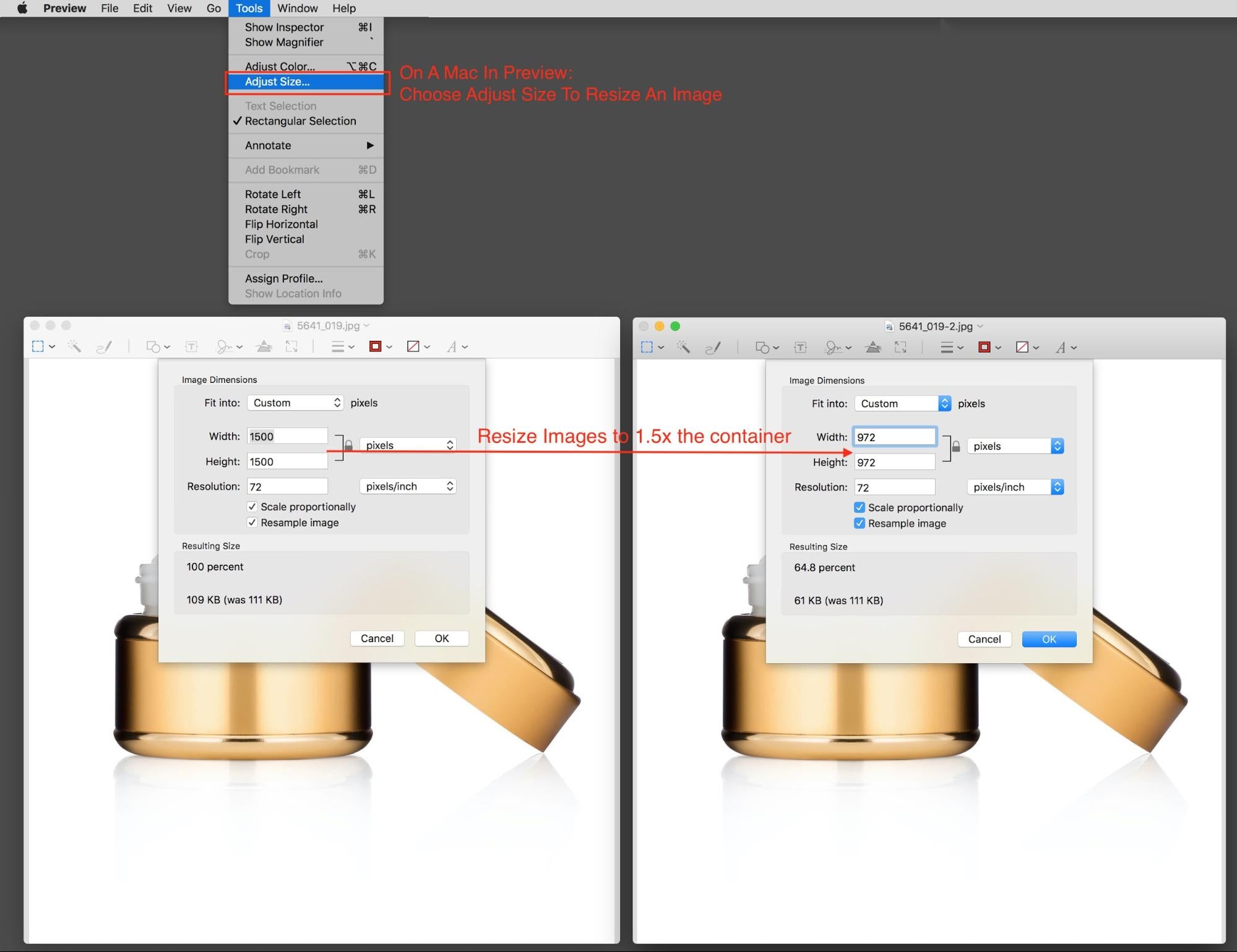
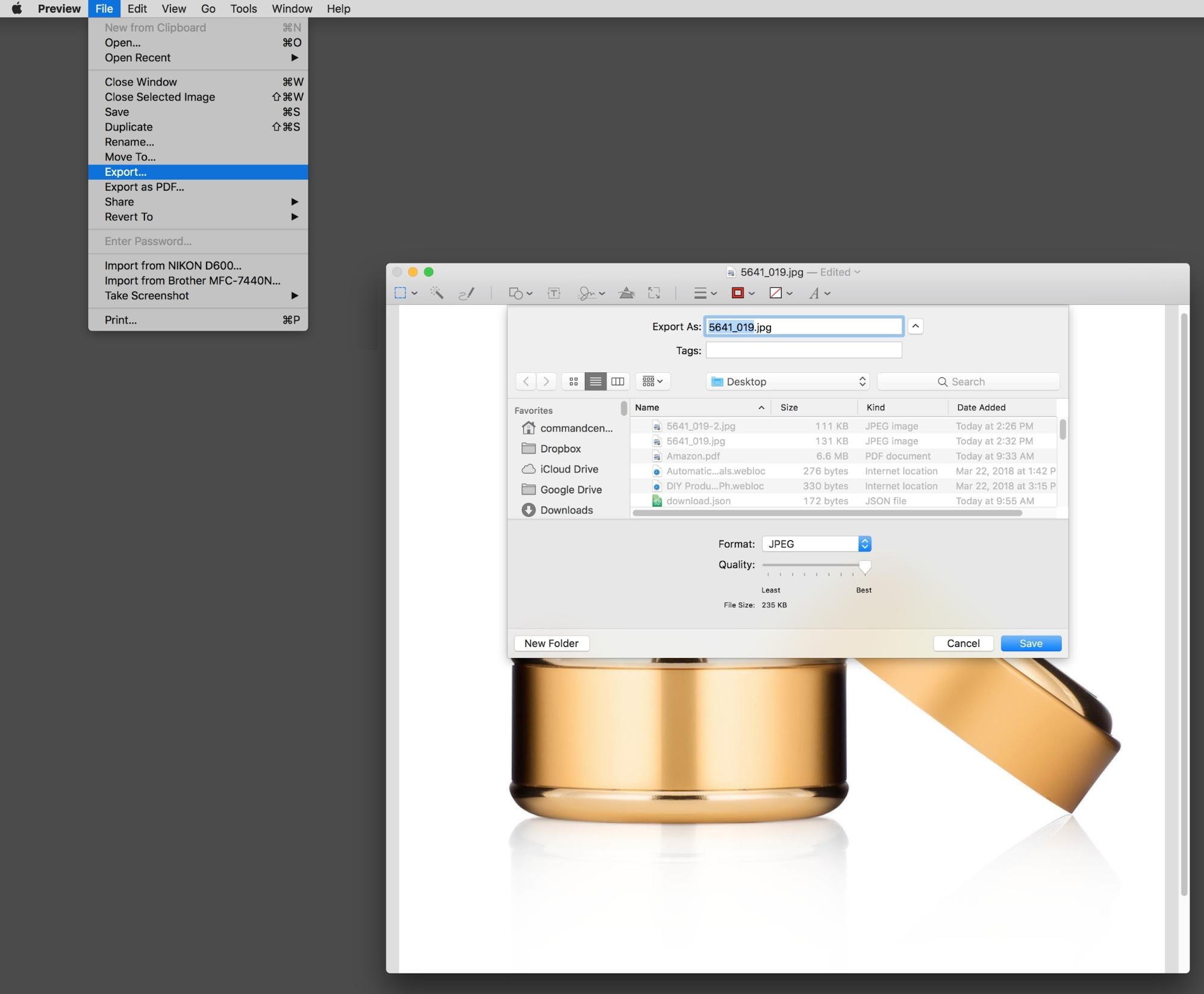
 DIY window light setup vs. professional studio.
DIY window light setup vs. professional studio.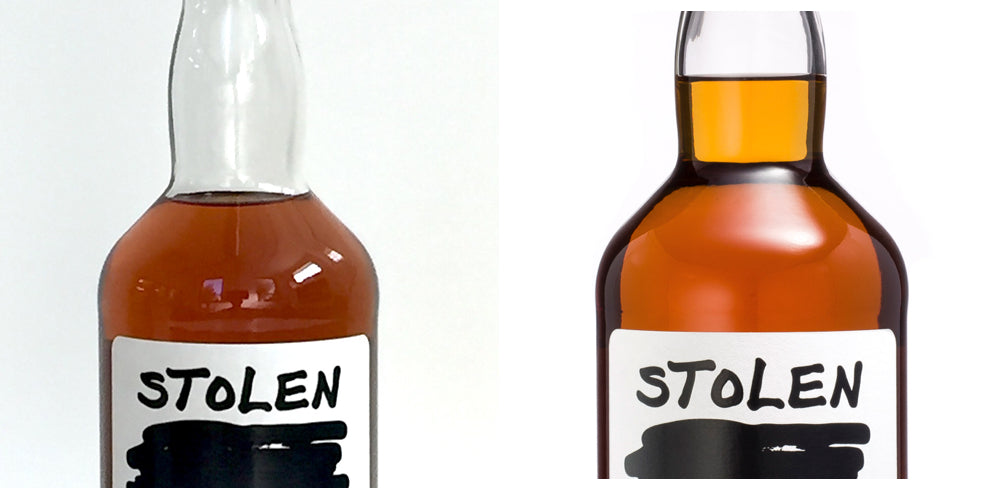 Only a professional on an advanced set can achieve perfect results.
Only a professional on an advanced set can achieve perfect results.






 Low Iso Image
Low Iso Image High Iso Image
High Iso Image Example of a high shutter speed image.
Example of a high shutter speed image.
 Art of Visuals White Balance Cheat Sheet
Art of Visuals White Balance Cheat Sheet Composition examples.
Composition examples.
























